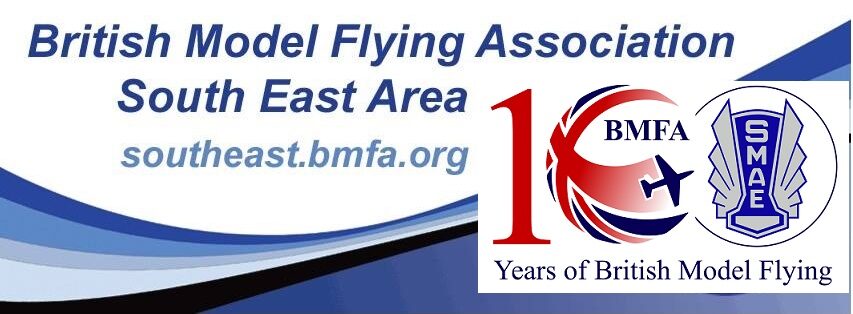DfT publishes amendments to the Air Navigation Order.
The Department for Transport (DfT) have today published further amendments to the Air
Navigation Order which impact on all users of Small Unmanned Aircraft, including the model flying
community. https://www.gov.uk/government/news/new-drone-safety-partnership-with-businesslaunched-as-government-sets-out-plans-to-limit-drone-misuse
Further details of the amendments can be found in CAP1763 (as the CAA have the unenviable
task of implementing the leghhttps://www.gov.uk/government/news/new-drone-safety-partnership-with-businesslaunched-as-government-sets-out-plans-to-limit-drone-misuseishes-amendments-to-the-air-navigation-orderislation). You can read CAP1763 here:
http://publicapps.caa.co.uk/docs/33/CAP1763%20New%20UAS%20guidance.pdf
Regrettably, the DfT have put us somewhat on the ‘back foot’ with this due to the speed with which
they have introduced the amendment which also includes elements which they had not alerted us
to. The changes have been expedited in reaction to incidents involving small unmanned aircraft at
Gatwick and Heathrow in the last couple of months.
We have reported previously on the creation of flight restriction zones around protected
aerodromes, the concept of which was introduced in the Government Response to the 2018
Consultation on Drones published earlier this year and these zones will come into effect from 13th
March 2019. A useful interactive map of the UK has been created by NATS showing the
protected aerodromes with the restriction zones superimposed. See
https://dronesafe.uk/restrictions/ for further details.
CAP1763 states that ‘the flight restriction zone is active at all times and applies to all small
unmanned aircraft of any mass (even very small ‘toys’)’. This was a surprising development which
would in theory even extend to paper aeroplanes.
If you wish to fly an unmanned aircraft within these restriction zones, then permission will have to
be obtained from air traffic control at the aerodrome. The CAA expect such permissions to be
based on a ‘constructive dialogue between the modellers/model clubs and the relevant aerodrome’
and formalised in a letter of agreement/memorandum of understanding.
One slight benefit included in this ANO update is that the existing restriction on flying unmanned
aircraft over 7kg below 400ft in controlled airspace has now been removed, as the new restrictions
apply to all unmanned aircraft up to 20Kg and maintain the 400ft limit for all unmanned aircraft.
We are seeking clarification and answers to a number of questions we have posed to the DfT and
CAA on behalf of our members. We hope to receive answers this week and will publish further
updates and clarification in due course.
Secretaries of those clubs captured by these changes are invited to email Andy Symons (BMFA
Club Support Officer) at andy@bmfa.org for further advice/information/help as a matter of urgency
